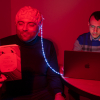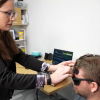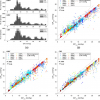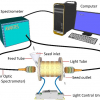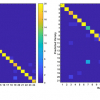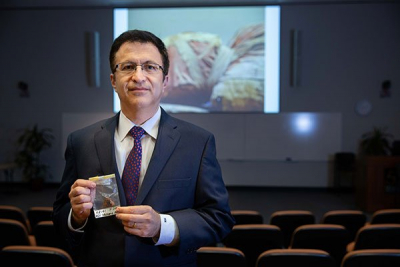
A new study of the mummified arteries of people who lived thousands of years ago using near infrared (NIR) spectroscopy has revealed that their arteries were more clogged than originally thought, according to a proof-of-concept study published in the American Heart Journal.
“I wanted to see if heart disease is a modern-day problem. It appears to have been a problem for a very long time”, said Mohammad Madjid, the study’s lead author and an assistant professor of cardiovascular medicine at the McGovern Medical School at UTHealth, Texas, USA.
In the past when researchers have analysed the hearts and arteries of mummies, they used computed tomography that creates images of blood vessels, organs and bones. However, these scans detect only accumulated calcium in the arteries, not the build-up of cholesterol. Madjid said his team is the first to examine mummified arterial remains from different parts of the world with a technique that can detect cholesterol: NIR spectroscopy.
Madjid’s samples included mummified arterial tissue from three men and two women ranging in age from 18 to 55‒60. Three died presumably of pneumonia and one of renal failure. The cause of death for the fifth person is unknown. Four lived in South America and one in the Middle East. They lived from the late Chinchorro era, 2000 BC, to Cabuza, 350 to 1000 AD.
Cholesterol build-up is a hallmark of atherosclerosis from the very early stages, while calcium accumulation is a sign of late stages of the disease. Therefore, relying only on calcium shown in CT scans underestimates the true prevalence of the disease, Madjid said. Madjid noted that factors such as exposure to smoke from fire pits, viral infections, bacterial infections and bad genes might have contributed to the plaque build-up in people living centuries ago. The build-up was also present in people at a relatively young age, he said.
The study offers new insight into the earlier pathological stages of atherosclerosis, showing a prevalence of cholesterol-rich plaques even in ancient times, the authors reported. Madjid plans to examine additional mummified remains to see how widespread the arterial problems were. The authors concluded, “Non-invasive near infrared spectroscopy is a promising technique for studying ancient mummies of various cultures to gain insight into the origins of atherosclerosis.”









